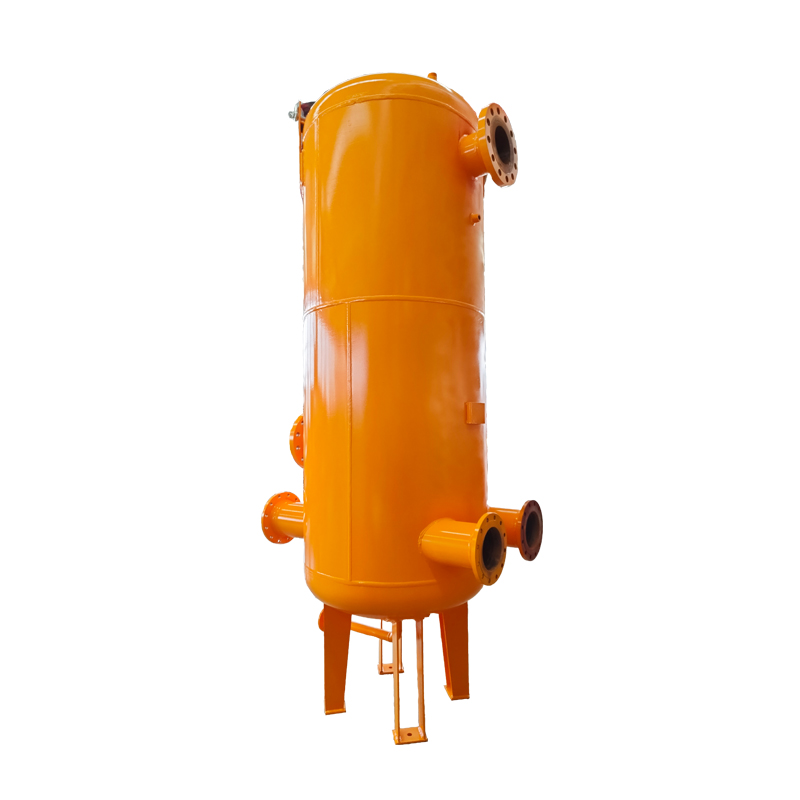
Jul . 24, 2024 01:01
Back to list
Comprehensive Guide to Designing and Implementing Efficient Pressure Regulating Skids for Various Applications
Pressure Regulating Skid An Essential Component in Fluid Management
In various industrial applications, from oil and gas to water treatment, the efficient and safe transportation of fluids hinges on maintaining optimal pressure levels. To ensure that these systems operate within safe and regulated limits, pressure regulating skids have emerged as an essential component in fluid management. This article explores the significance, components, and applications of pressure regulating skids in modern industry.
Understanding Pressure Regulating Skids
A pressure regulating skid is a pre-packaged assembly designed to control and regulate fluid pressure within piping systems. Typically, these skids include various critical components such as pressure regulators, valves, gauges, and piping—all mounted on a sturdy framework for easy integration into any system. The primary function of the skid is to maintain the desired pressure levels, thereby preventing potential damage to equipment, avoiding hazardous situations, and ensuring efficient operation.
Key Components
1. Pressure Regulators The heart of any pressure regulating skid, pressure regulators automatically adjust and maintain a specific output pressure regardless of fluctuations in the input pressure. They are designed to handle varying flow rates and are crucial for ensuring stability within the system.
2. Valves These components control the direction and flow of fluids. Various types of valves, such as control valves, check valves, and isolation valves, are incorporated into the skid design to allow for safe operation and maintenance.
3. Flow Meters To monitor the amount of fluid passing through the system, flow meters are integrated, providing operators with real-time data essential for making informed decisions regarding flow management.
4. Gauges and Sensors Pressure gauges and sensors are vital for displaying current pressure levels within the system. They provide visual parameters for operators and trigger alarms when pressure limits are exceeded, ensuring immediate attention can be given to potential problems.
pressure regulating skid

Applications of Pressure Regulating Skids
Pressure regulating skids find widespread use across various industries
- Oil and Gas In upstream, midstream, and downstream operations, maintaining proper pressure in pipelines is crucial for operational efficiency and safety. These skids protect equipment and personnel by regulating pressure levels, thus preventing blowouts and leaks.
- Water Treatment In water distribution systems, maintaining acceptable pressure levels is essential for both operational reliability and regulatory compliance. Pressure regulating skids ensure water is delivered at appropriate pressures, reducing the risk of pipe bursts and leaks.
- Chemical Processing Many chemicals require precise pressure control during processing to prevent reactions that could lead to unsafe conditions. Pressure regulating skids facilitate this control, ensuring safe handling and processing.
- HVAC Systems In heating, ventilation, and air conditioning systems, maintaining optimal pressure is key to energy efficiency and system longevity. Skids help in regulating refrigerant and air pressures for optimum performance.
Conclusion
As industries continue to evolve and demand more efficient fluid management systems, pressure regulating skids are becoming increasingly integral. Their ability to maintain safe operating pressures not only protects equipment and personnel but also enhances operational efficiency across various applications. As technology advances, the design and functionality of these skids will continue to improve, contributing significantly to the safety and effectiveness of fluid management systems worldwide. Investing in high-quality pressure regulating skids is, therefore, a savvy move for any organization looking to enhance its operational reliability and safety standards in fluid management.
Latest news
-
Safety Valve Spring-Loaded Design Overpressure ProtectionNewsJul.25,2025
-
Precision Voltage Regulator AC5 Accuracy Grade PerformanceNewsJul.25,2025
-
Natural Gas Pressure Regulating Skid Industrial Pipeline ApplicationsNewsJul.25,2025
-
Natural Gas Filter Stainless Steel Mesh Element DesignNewsJul.25,2025
-
Gas Pressure Regulator Valve Direct-Acting Spring-Loaded DesignNewsJul.25,2025
-
Decompression Equipment Multi-Stage Heat Exchange System DesignNewsJul.25,2025

